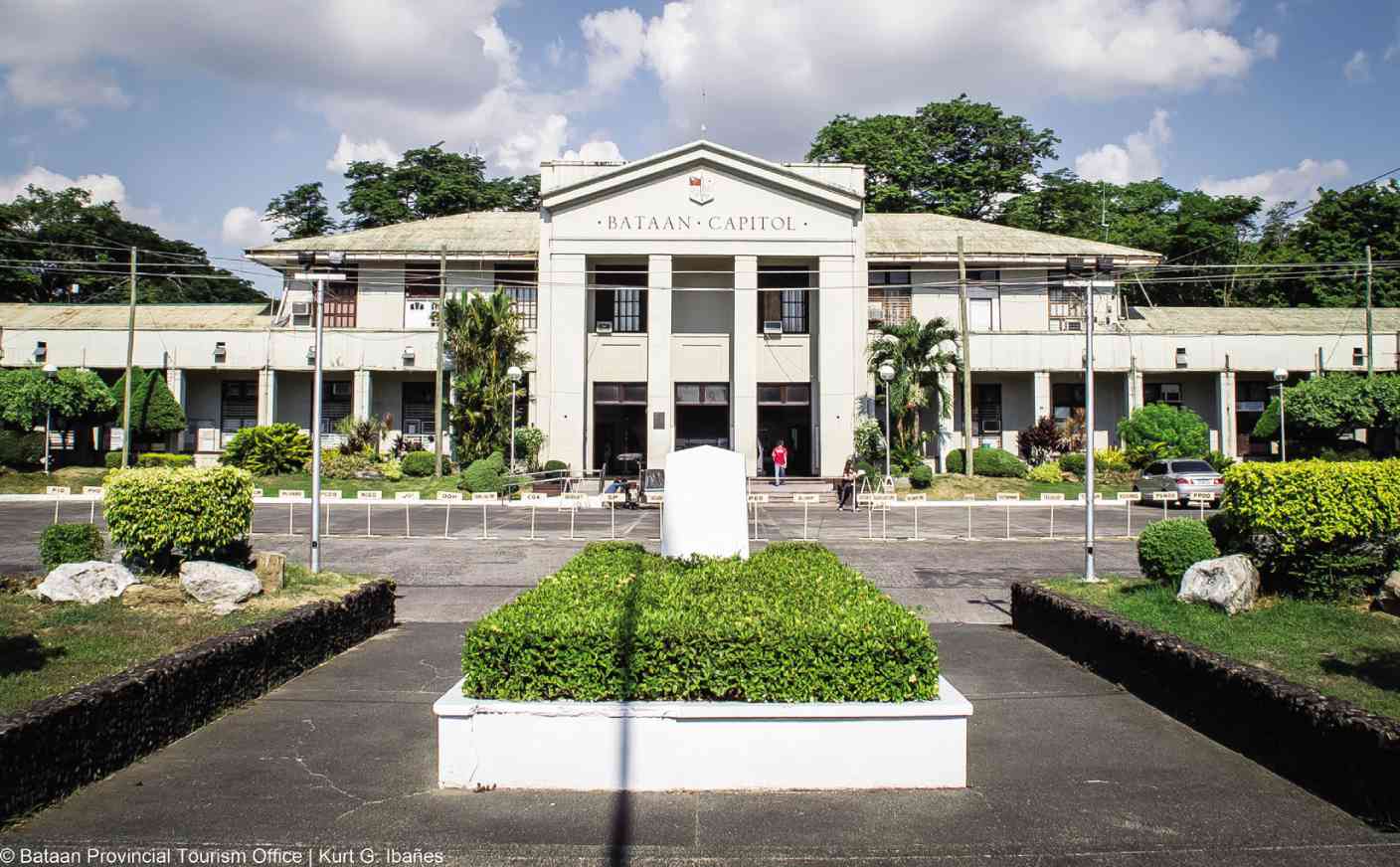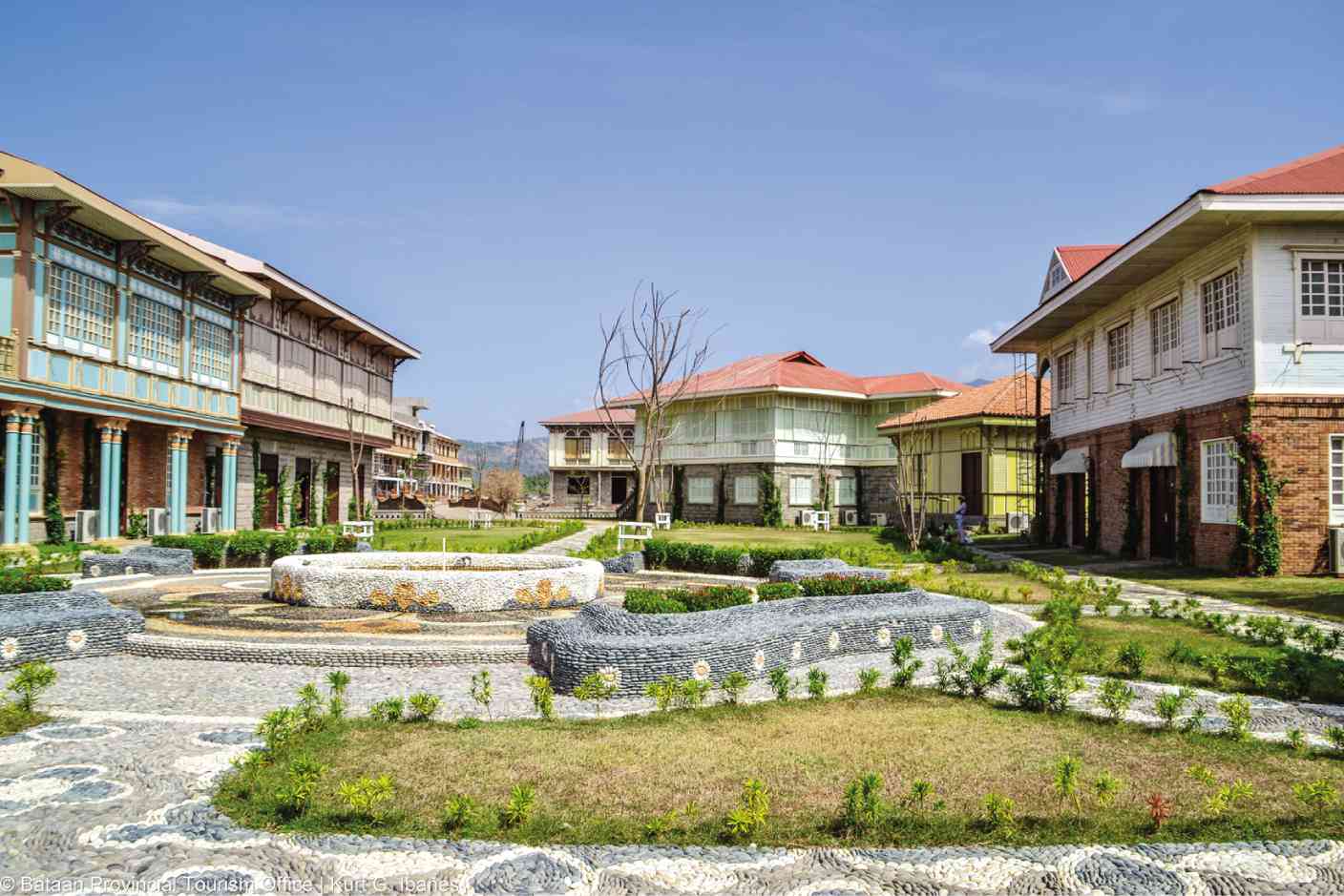Seeing Bataan on a budget
THE PLAZA of Balanga City, capital of Bataan, is imposing with old-world architecture blending with modern lines.
There’s the City Hall, an elegant hotel and a mall, all facing the 18th century St. Joseph Cathedral.
The leading hotel in the city, the Plaza Hotel Balanga, opened in July last year, with 34 rooms ranging from P5,500 (executive) to P25,000 (presidential Suite) a night.
And “business is surprisingly very good, much better than expected,” said resident manager Javier S. Coromina, estimating the occupancy rate at about 60 percent.
Coromina attributed this to “local business, manufacturing plants in Mariveles, Limay, oil refinery, Petron, along with many others with huge businesses, bringing a lot of expats who stay for two weeks to a month.”
He added: “These are consultants, engineers from all over, many different countries. They include French, Americans, Italians, Germans and Singaporeans. So there’s a strong need for more hotels in the area.”
Bataan is famous for being a World War II battleground, the infamous Death March and the Mt. Samat Shrine of Valor (Dambana ng Kagitingan). And within Mt. Samat itself you can undergo the thrill of the 540-meter zipline (P430 per person) or go tree-hopping (P360 each).
Many students from Metro Manila go nature-tripping in the City of Balanga Wetland & Marine Park (P20 per), where you can bird-watch through powerful binoculars.
The budget tourist can take a bus (Genesis or Bataan Transit) from Metro Manila to Balanga, about a three-hour ride. Fare is around P200 (Pl70 if you’re a golden oldie like me).
On a budget of P10,000, you can stay in Bataan for three days, estimates tour guide Alan Balbuena (0910-9042101). There are beach resorts all over, especially in Bagac and Morong, many of them budget. And the coastal towns have seafood produce. Bestsellers are steamed and dried fish: bangus or milkfish (P120/kilo) and tinapa (P130/kilo). Other sources of livelihood include handicrafts, broom-making, beaded bags and of course the tourist trade (bataantourism@yahoo.com).
If you like Vietnamese food, try Aling Loleng’s Hutie-an in Morong, where noodles can be had from P20 to P50. Loleng learned Vietnamese cuisine because she used to work at the former Vietnamese refugee center, itself a tourist attraction, in the province.

THE HOSPITALITY business in Bataan has been performing well as more tourists, expats visit the province.
The Bataan Tourism Center and the Bataan World War War II Museum have dioramas, exhibit halls and photo panels of how the province was before and during the war, highlighted by the Death March (from Mariveles, Bataan to San Fernando, Pampanga then to Capas, Tarlac).
Entrance is P50, and you are encouraged to give a donation for museum upkeep. The envelope, please.
At the Las Casas Filipinas de Acuzar in Bagac, an architectural gem by the bay, a day tour may be had for P650 per. Room rates range from 4,050 (studio, weekends) to P40,500 (six bedrooms, weekends).
So, young ones and your friends and relatives, by all means visit Bataan, the hero province of WWII. Learn more about recent history and contribute to the local economy at the same time.

